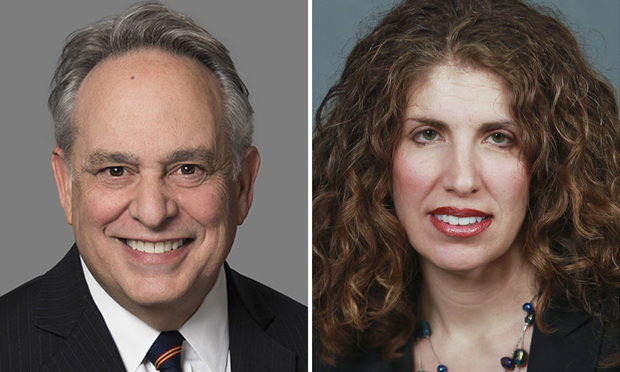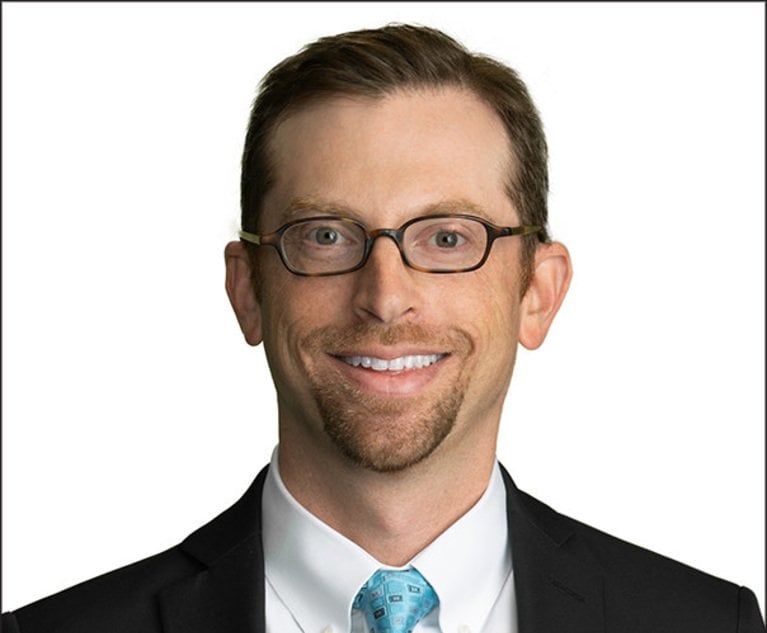The recent decision by the U.S. Supreme Court allowing partisan gerrymanders (Rucho v. Common Cause, 139 S.Ct. 2484 (2019)) and the ruling by the U.S. Court of Appeals for the Tenth Circuit holding that members of the electoral college are free to vote their conscience (Baca v. Colorado, — F.3d.— (10th Cir. Aug. 20, 2019)) will each have far-reaching consequences for our elections—and each will be written about in due course. Today, we address several of the latest rulings by New York courts concerning limitations on the public’s involvement in elections; the apparent lack of consequences for forgers in ballot access cases; and the doctrine of “unintentional fraud.”
Election Winner
The New York Court of Appeals very rarely grants leave to appeal in an election case. This year was no exception, but it did hear an appeal from an Appellate Division, Third Department case in which there were two dissents. CPLR §5601. In Kosmider v. Whitney, —- N.Y.3d —-, 2019 WL 2453619 (2019), the court, in a 4-3 decision, made it even more difficult for voters in New York to confirm results in close elections. (A narrative of the decision appeared in the New York Law Journal by Lynn K. Neuner and William T. Russell Jr. in Scanned Ballots Protected From Disclosure, NYLJ, July 16, 2019.) Unlike many states that require a manual recount when the margin in a race is close, New York has no such automatic fail-safe provision (Johnson v. Martins, 15 N.Y.3d 584 (2010)), though a local board of elections may impose one. In New York City, for example, if the margin between the two leading candidates is under one-half of one percent, a hand-recount of every ballot will be undertaken. This policy led to the manual counting of some 90,000 votes in the Queens District Attorney Democratic primary election race last month.


 Jerry H. Goldfeder and Myrna Pérez
Jerry H. Goldfeder and Myrna Pérez




